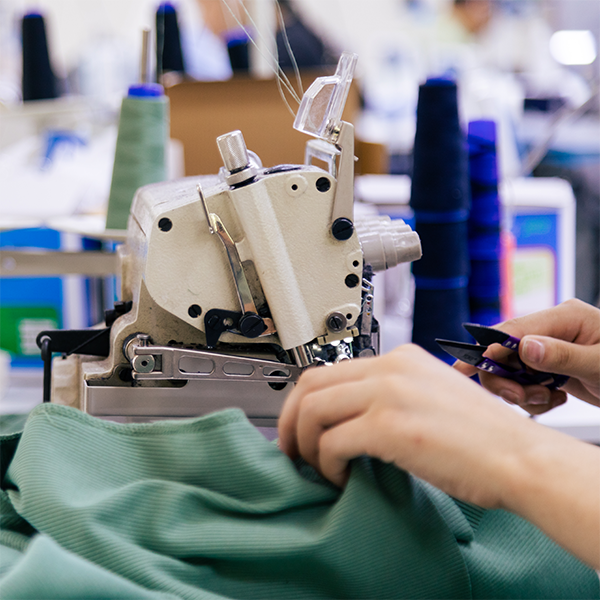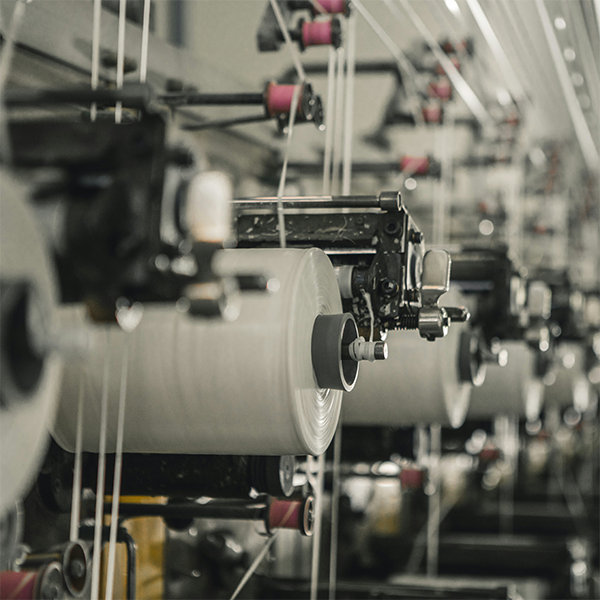OUR PROCESS

1. Inquiry Handling & Initial Response
Step 1: Receive Inquiry
- Inquiries arrive via email, website form, chat or trade platforms (e.g., Alibaba, Trade Key).
- Capture details: product type (tech pack) (e.g., activewear, compression gear), quantity, fabric preferences, target market, and deadlines.
Step 2: Acknowledge Promptly
- Send a response within 24 hours to confirm receipt.
- Include a questionnaire to gather specifics:
- Design sketches/tech packs.
- Fabric type (e.g., moisture-wicking polyester, spandex blends).
- Sizes, colors, and certifications (e.g., OEKO-TEX, GRS).
- Target price range and shipping destination.
Step 3: Assign a Dedicated Account Manager
- Designate a point of contact to guide the customer through the process.
- Provide company profile, certifications, and portfolio (e.g., past clients like gym chains or sports brands).
2. Sample Development Process
Step 4: Sample Request Form
- Share a **sample request form** with costs and timelines.
- Charge a **sample fee** (refundable against bulk orders).
- Clarify: Custom samples (e.g., printed logos) vs. stock samples.
Step 5: Sample Production
- Create a tech pack (design, measurements, stitching details).
- Use approved fabrics and trims (e.g., YKK zippers, reflective strips).
- Quality check: Fit, durability, and color accuracy.
Step 6: Sample Shipping
- Ship via DHL/FedEx/UPS, TNT, with tracking.
- Provide commercial invoice (marked “SAMPLES – NO COMMERCIAL VALUE”) to avoid customs delays.
- Share estimated bulk production lead times and MOQs (e.g., 500 units/style).


3. Bulk Order Negotiation & Confirmation
Step 7: Post-Sample Follow-Up
- Contact the customer after 5–7 days to confirm receipt and feedback.
- Address revisions (e.g., adjusting seam allowances or logo placement).
Step 8: Finalize Bulk Order Terms
- Share a proforma invoice (PI) detailing:
- Pricing (FOB/CIF terms).
- MOQ (e.g., 1,000 pieces for custom designs).
- Payment terms (30% deposit, 70% before shipment).
- Lead time (e.g., 45–60 days).
- Negotiate Incoterms (e.g., EXW, FOB Karachi) and logistics partners.
Step 9: Contract Signing
- Draft a sales contract covering:
- Quality standards (e.g., AQL 2.5 for inspections).
- Penalty clauses for delays.
- Force majeure terms.
- Collect a deposit (via T/T or LC) to commence production.
4. Pre-Production & Production
Step 10: Pre-Production Meeting
- Confirm final tech pack, lab dip approvals, and trim sourcing (e.g., eco-friendly dyes).
- Schedule factory capacity and material procurement.
Step 11: Proto Sample Approval
- Send a pre-production sample for final sign-off.
- Freeze design specs to avoid mid-production changes.
Step 12: Bulk Production
- Update the customer weekly (e.g., fabric cutting, stitching progress).
- Conduct in-process QC checks (e.g., stitch tension, print alignment).


5. Quality Control & Shipping
Step 13: Pre-Shipment Inspection
- Hire a third-party inspector (e.g., SGS, Intertek) for AQL checks.
- Share inspection reports and photos of packed cartons.
Step 14: Logistics & Documentation
- Arrange shipping (air/sea) based on order urgency.
- Prepare export docs:
- Commercial invoice.
- Packing list.
- Certificate of Origin (for duty exemptions).
- Bill of Lading/Airway Bill.
Step 15: Shipment & Tracking
- Share tracking details and ETD/ETA.
- Assist with customs clearance (provide HS codes and compliance certificates).
6. Post-Order Follow-Up
Step 16: Post-Delivery Check
- Confirm goods arrival and customer satisfaction.
- Address any issues (e.g., offer discounts for minor defects).
Step 17: Feedback & Relationship Building
- Request a testimonial or case study.
- Share new product catalogs (e.g., sustainable collections).
- Offer loyalty discounts for repeat orders.

Key Considerations for Global Clients
- Time Zones: Use tools like Calendly for scheduling meetings across regions.
- Cultural Sensitivity: Adapt communication styles (e.g., formal vs. casual).
- Sustainability: Highlight eco-friendly practices (e.g., recycled polyester, waterless dyeing).
- Payment Security: Use escrow services for new clients.
- Compliance: Adhere to regional regulations (e.g., REACH for EU, CPSIA for USA).
This end-to-end process ensures Gouldian Sportswear delivers a seamless experience, building trust and fostering long-term partnerships with global clients. Please let me know if you need templates for any documents (e.g., PI, sales contract).

